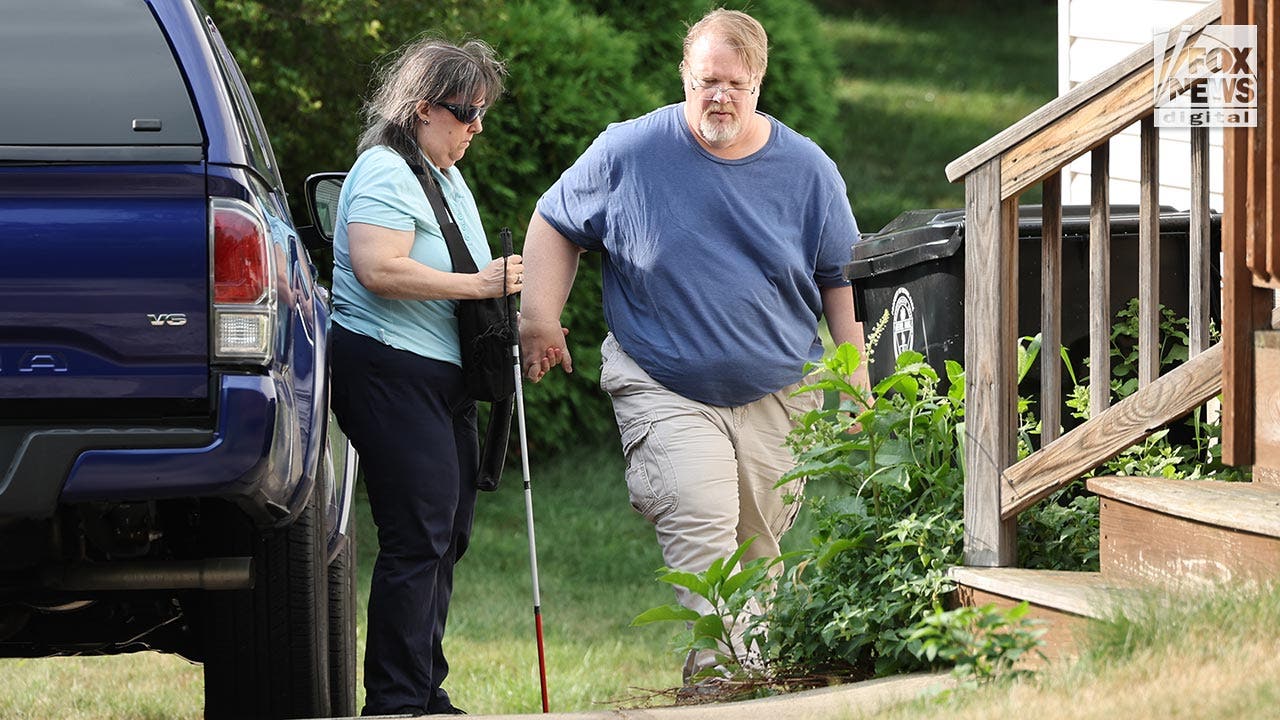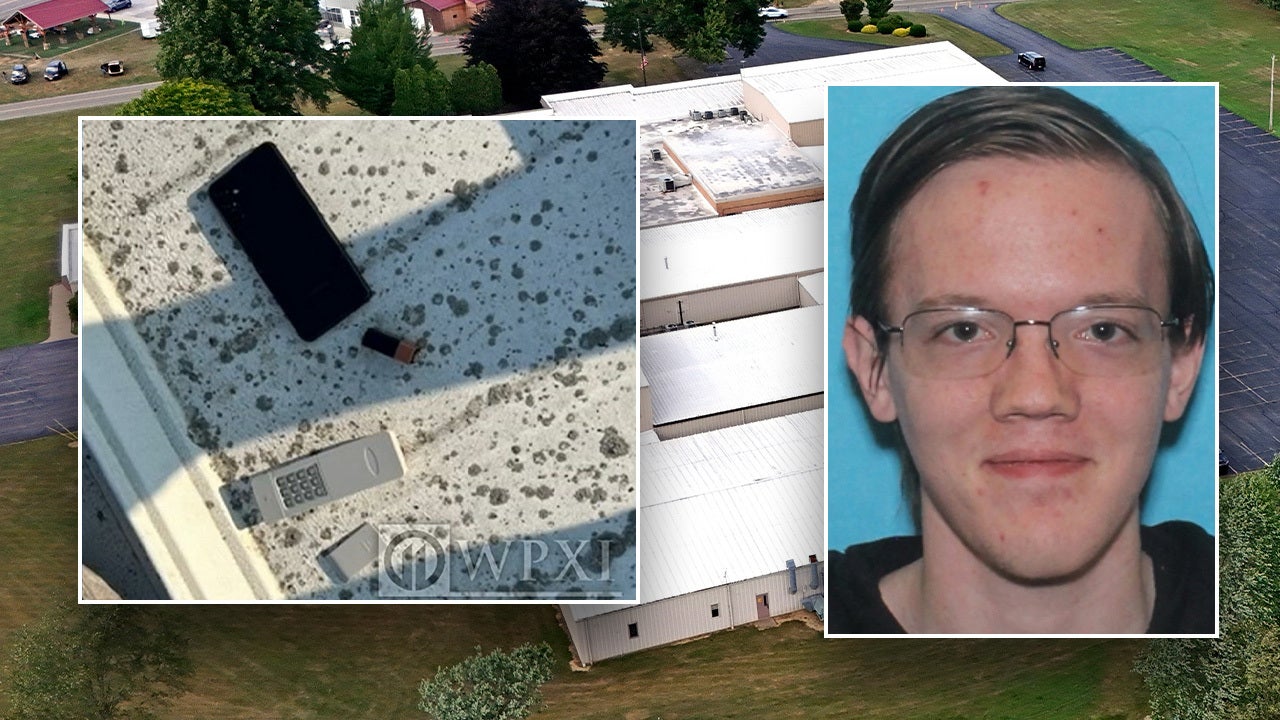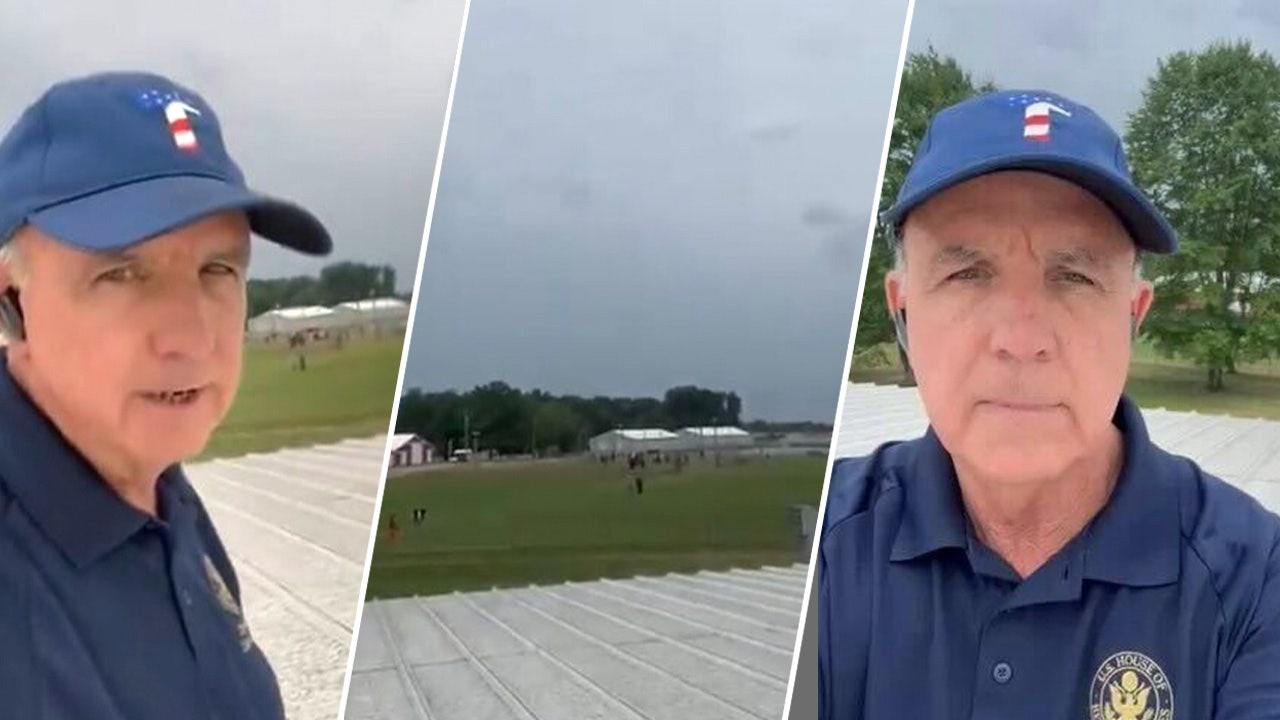Gov. Gavin Newsom called on Tuesday for a statewide ban on smartphone use in California schools, joining a growing national effort to curb cyberbullying and classroom distraction by limiting access to the devices.
Mr. Newsom, who has four school-age children, said he would work this summer with state lawmakers to dramatically restrict phone use during the school day in the nation’s most populous state. His directive came hours before board members at the Los Angeles Unified School District, the country’s second-largest school district, voted to pursue their own smartphone ban that could begin in January.
“When children and teens are in school, they should be focused on their studies, not their screens,” Mr. Newsom said in a statement.
The effort to curb devices on campus has transcended political lines, as Republican-led states like Florida and Indiana already have instituted their own restrictions. New York City leaves it up to individual campuses to determine their own policies after dropping a blanket cellphone ban in 2015, but Gov. Kathy Hochul said last month that she would pursue a statewide prohibition in 2025.
The moves in California followed a call this week for warning labels on social media platforms by the U.S. surgeon general, Dr. Vivek Murthy, who argued that they were fueling a mental health crisis among adolescents.
“Adolescents who spend more than three hours a day on social media face double the risk of anxiety and depression symptoms,” Dr. Murthy wrote on Monday in an opinion piece for The New York Times. “And the average daily use in this age group, as of the summer of 2023, was 4.8 hours.”
Many school districts in California already have restrictions on cellphone use during the school day, but enforcement can be a challenge for teachers and administrators, and policies are lenient enough that devices can still disrupt daily activities.
In Los Angeles, for instance, students are prohibited from using their phones during class but are allowed to bring them out during breaks. School board members said on Tuesday that they now wanted to ban the use of phones and social media platforms throughout the day.
Some parents in the past have objected to prohibitions because they fear losing access to their children in the case of a school shooting or other emergency. And teachers unions have been reluctant to take on the responsibility of having to enforce the policies, though they also have welcomed efforts to prevent distractions.
Mr. Newsom, a Democrat, said that he wanted the California Legislature to tighten existing cellphone limits in classrooms for the state’s more than 5.5 million public school students before the Legislature’s session ends in August, an announcement that was first reported by Politico.
Mr. Newsom previously signed legislation in 2019 authorizing, but not requiring, districts to adopt cellphone bans. He signed an online safety law in 2022 requiring websites and apps to install protections for children, and then followed up last year by urging tech industry leaders in California to drop a lawsuit challenging the requirements.
Both laws were passed with sweeping bipartisan support in a State Legislature where such cooperation is rare and Democrats overwhelmingly control the agenda.
Last year, a study by Common Sense Media found that 97 percent of teenagers used cellphones during the school day. A study released in April by the Pew Research Center found that 72 percent of U.S. high school teachers and 33 percent of middle school teachers said cellphone distractions were a major problem in classrooms.
Mr. Newsom, whose two oldest children are teenagers, has personal experience with the difficulties of navigating a world in which social media and smartphone use has proliferated.
Last month at the Milken Institute Global Conference in Los Angeles, Mr. Newsom’s wife, Jennifer Siebel Newsom, accused the tech industry of failing to address social media addiction and other mental health issues among young people exacerbated by technology. At one point, she said, she and her husband had pulled one of their daughters out of school because of cyberbullying by adults that was then mimicked by the child’s classmates.
Tuesday’s vote by the Los Angeles Unified School District board to set in motion a smartphone ban would affect more than a half-million students at more than 1,400 schools.
George McKenna, a longtime board member, voted against the proposal. He argued that teachers already had difficulty enforcing the existing restrictions, and that parents needed to be able to reach their children during natural disasters and other emergencies. And, he predicted, it will be only a matter of time before students subvert the ban.
“Children will be children, no matter what age they live in,” he said.
But Nick Melvoin, one of the board members sponsoring the proposal, said the district was helping to lead a national movement.
“When the government put warning labels on cigarettes nearly 60 years ago, 42 percent of adults in this country smoked. Now it’s down to about 11 percent,” he said. “I think we’re going to be on the vanguard here, and students and this entire city and country are going to benefit as a result.”
Jonathan Wolfe contributed reporting from Los Angeles.






